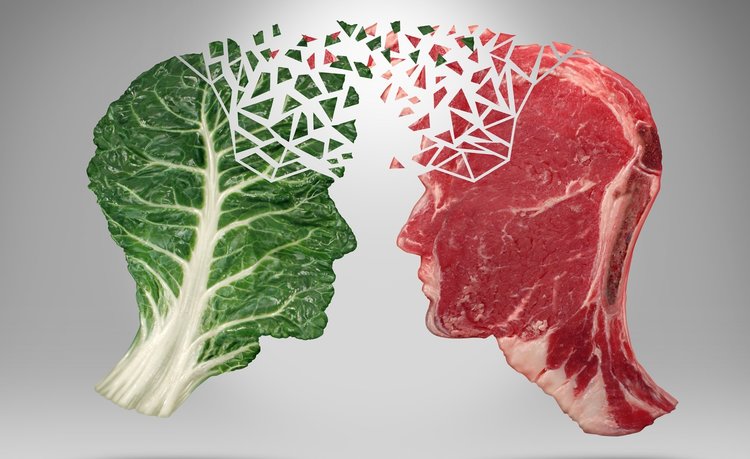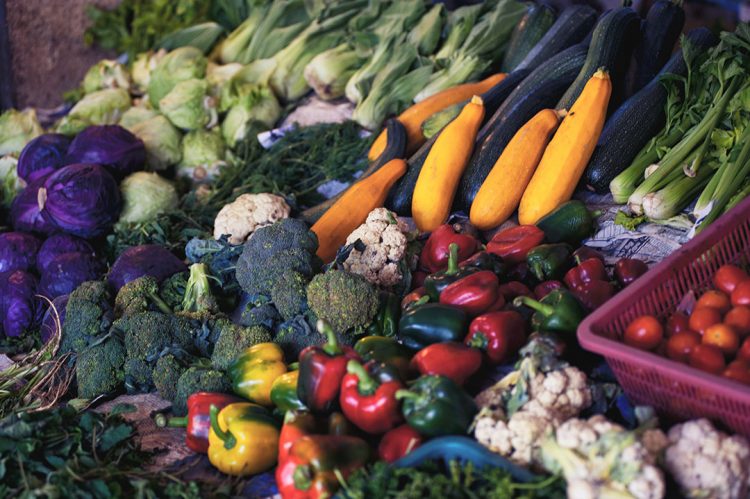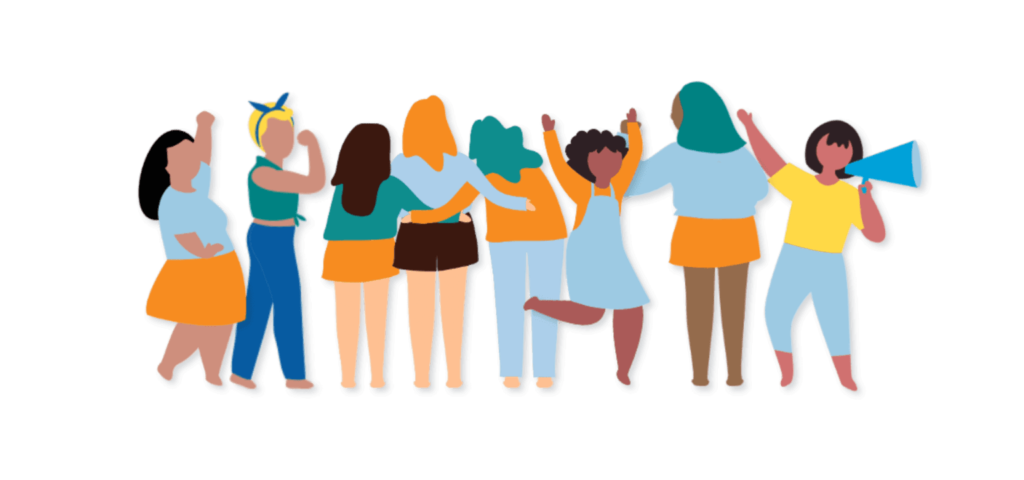
10 Sep Want to be well? consume with care.

Avoiding putting ‘junk’ into our bodies is not just about the food we eat—though avoiding food that is terrible for our health is not as easy as we might like to believe (more about that in a moment).
In a world of unprecedented information-overload, helping people access positive information about how to offset our busy lives and stay well is super important to me. I love being a conduit to help cut through the noise for other people, so I’m always trying to mindfully consume a good amount of good news, too: we can’t just be hearing bad news all the time. It’s so bad for our wellbeing. But it’s easier said than done to avoid it!
Which is why I can’t recommend my friends at Future Crunch highly enough. They are all about good-news-focused media! ‘Intelligent optimism’ they call it, at its finest. So, if you need a good dose of good news on a regular basis sign up to their newsletter pronto!
For a seriously incredible, in-depth look at ‘the information diet’ most of us are on and how we can improve it, I recommend gobbling up this article by the boys at Future Crunch. (And, yes, they are friends of mine, so I may be slightly biased, but their work really is phenomenal!)

The good, bad and the ugly
I consume as much good news as possible, because just like what we eat and drink (I’m getting to this, I promise), what we take in mentally is incredibly important to our wellbeing. But simply avoiding all the bad news and junk out there is not an option—we still need to be informed about what’s going on in the world. But, like everything, we can manage how we consume news by choosing to be aware and intentional in how we consume it.
While I try to mainly share good news and to stay positive as much as possible, we also need to have a balanced diet. To that end, and without sounding too alarmist about it, I’m recommending a pretty scary article that explains some of the ways we’re being manipulated to consume more ‘junk’ news by tech companies through our social media feeds. Please do read it, it has been a big wake-up call for me.
The big takeaway for me is that we need to be ever-mindful that all of the information we receive online is curated for each of us based on huge amounts of data that tech companies have collected on what keeps us scrolling online. And what they’ve learned is that bad news and especially divisive content is what sells.
Like I said, it’s pretty scary stuff and worth being aware of.
The not so good news
As I’ve said, when it comes to our information diet and our mental health, consuming news is one of the most problematic issues we face every day. We already know that bad news sells but unfortunately it also effects our mood in many negative ways. Hardly surprising given that news coverage us “increasingly visual and shocking” as this article explain.
It goes on to say that what’s really concerning about how we consume news these days is that it is being broadcast wherever we are—on our phones, on our social media, even at the petrol station and in the elevator. So why are we addicted to bad news?
Loretta Breuning, a former professor of management at the University of California and author of Habits of a Happy Brain, believes that, “In a state of nature, our survival depends on finding rewards and avoiding harm, but avoiding harm takes priority.”
Breuning goes on the explain that our brains are attracted to bad news because they’re wired to detect threats. “This can make it hard for us to ignore the negatives and seek out the positives around us, our brain is predisposed to go negative, and the news we consume reflects this.”
The way to combat this is with awareness. Intentionally choosing what news we consume, and where and when we consume it.

Why wholefoods are king for wellbeing
Finally, to change the topic completely though building on the consumption theme, let’s talk about whole foods; that is, foods that are as close to their natural form as possible.
While it’s not rocket-science that eating as many foods as possible that are as unadulterated as possible is a good idea, it seems that this is NOT what most of us are doing.
When I do sessions in workplaces about healthy eating, I usually cover this insanely vast topic in under an hour. But, what to include?
While this is an ever-evolving area, with new research coming across my screen all the time, I try my best to give a broad overview of the main principles of healthy eating and I get each participant to reflect on the principles they need to work on.
I have lately come to believe that in this day and age, perhaps the most important principle is this:
Eat as little food with numbers and difficult to pronounce words in the ingredients as possible.
My own journey in relation to my wellbeing and that of my son has taught me just how incredibly bad for us these man-made ingredients can be.
While some ingredients sound completely harmless, such as anti-oxidants, and are in things as inane as water crackers, they can turn my son (who has autism) into a wild animal, kicking, biting, spitting etc. We both also have some crazy-restrictive intolerances that, thankfully, are finally slowly improving after having worked on this over a very long period of time. Needless to say, this has all made me acutely aware of what’s in our food.
‘Eat food, not too much mainly plants’—Micheal Pollon.
These days we eat virtually no additives, and it makes a world of difference to my son’s ability to manage his emotions, participate, learn and enjoy life across the board. So, it’s timely that in the last few weeks, I have learned about “ultra-processed foods”, which, yes, sound incredibly sinister!
Yet, unless you’re what most consider to be a health nut, you are probably eating them day-in-day-out with barely a thought. (I know I warned you off bad news, but at least this is bad news you can do something about 😉.) Firstly, this ABC article ‘Ultra-processed food link to disease and death grows’ is a great place to start.
Hot on its heels was another ABC article ‘What is ultra-processed food and how to avoid it’. The definition it gives is that ultra-processed foods is those that, “undergo a multitude of processes including many that couldn’t be recreated in the home, such as hydrogenation, extrusion, moulding and pre-processing for frying”. They contain little, if any, intact whole foods. In other words, they are not really food.
Here is a list of ultra-processed foods. Chances are you’re eating at least some of them regularly:
- Sweet or savoury packaged snacks
- Ice-cream, chocolate, lollies
- Mass-produced packaged breads and buns
- Margarines and spreads
- Biscuits, pastries, cakes, and cake mixes
- Breakfast ‘cereals’, ‘cereal’ and ‘energy’ bars
- ‘Energy’ drinks, milk drinks, cocoa drinks, ‘fruit’ yoghurts and ‘fruit’ drinks
- Meat and chicken extracts and ‘instant’ sauces
- Infant formulas, follow-on milks, other baby products
- ‘Health’ and ‘slimming’ products such as powdered or ‘fortified’ meal and dish substitutes
- Ready-to-heat products including pre-prepared pies and pasta and pizza dishes
- Poultry and fish ‘nuggets’ and ‘sticks’, sausages, burgers, hot dogs, and other reconstituted meat products
- Powdered and packaged ‘instant’ soups, noodles and desserts.
The article goes on to say that, “Ultra-processed foods make up a substantial proportion of the Australian diet…probably accounting for close to half of our energy consumption, on average”. Let that sink in.
So, I hope that this has at least been food for thought! Because what, how and where we consume both information and food have a profound impact on our wellbeing.
And if you like what you’ve read here, sign up for more juicy morsels below.


